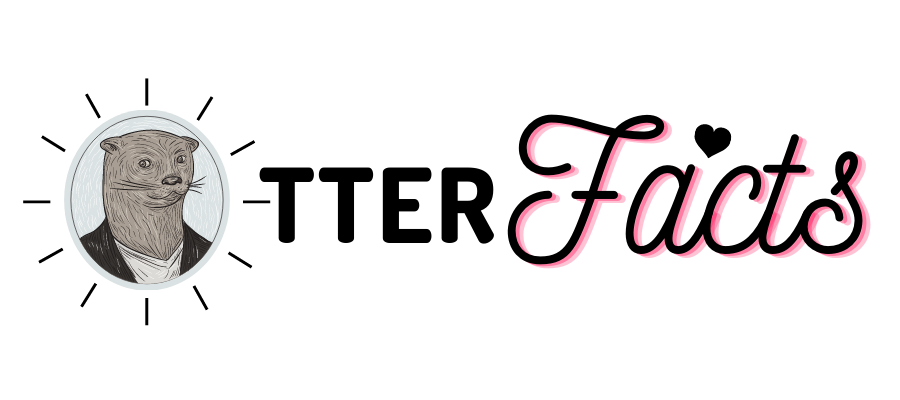All about Otter - Etymology, Terminology , Life cycle
Otters are mammals in the subfamily Lutrinae that eat meat. Fish and invertebrates are the primary sources of food for all of the 13 known otter species. Weasels, badgers, minks, and wolverines are all members of the Mustelidae family, which also contains the Lutrinae.
Etymology
The word otter comes from the Old English word otor, which means "to eat." This word, like its Indo-European counterparts, comes from the Proto-Indo-European language root *wódr, which also gave rise to the English word "water."
Terminology
A holt or couch is an otter's home. Male otters are known as dogs or boars, while females are known as bitches or sows, and their young are known as pups. Otter group nouns include bevy, family, lodge, romp (to describe their typically joyful temperament), and raft (when in water).
Otter feces are recognized by their peculiar odour, which has been characterized as varying from newly mown hay to putrefied fish; they are known as spraints.
Cycle of Life
Otters have a gestation span of 60 to 86 days. The bitch, dog, and elder offspring look after the newborn pup. Females reach sexual maturity at around two years of age, whereas males reach sexual maturity at around three years. In Scotland, the holt is constructed under tree roots or a stone cairn. It's covered in moss and grass.
The pup can leave the holt after one month and can swim after two months. For almost a year, the puppy stays with its family. Otters can live up to 16 years and are known for frolicking in the water with their pups. Fish and, further downriver, eels are its preferred foods, but it will also eat frogs and birds.
Description
Otters have long, slender bodies with short limbs. The powerful webbed feet they use to swim and their seal-like ability to hold breath underwater are their most striking anatomical features. Except for the sea otter, all have long, strong tails and keen claws on their feet. Adult sizes range from 0.6 to 1.8 meters (2.0 to 5.9 feet) in length and 1 to 45 kilograms (2.2 to 99.2 pounds). The Asian small-clawed otter is the smallest of the otter species, whereas the giant and sea otter are the largest. They have a soft, insulating underfur that is protected by a covering of long guard hairs on the outside. This traps a layer of air beneath them, keeping them dry, warm, and buoyant.
To keep warm, several otter species live in frigid waters and have high metabolic rates. European otters must consume 15% of their body weight each day, while sea otters consume 20% to 25%, depending on the temperature. An otter needs to catch 100 g (3.5 oz) of fish per hour to survive in water as warm as 10 °C (50 °F). The majority of species hunt for three to five hours each day, with nursing mothers spending up to eight hours.
Feeding
Fish is the main source of nutrition for most otters. Frogs, crayfish, and crabs are frequently used to supplement this. Some otters are experts at cracking shellfish, while others will eat any small mammals or birds they can find. Because of their prey dependence, otters are extremely vulnerable to prey depletion. Clams, sea urchins, and other shelled creatures are prey for sea otters. They are known for their ability to break open shellfish on their stomachs with stones. Young people must learn this skill.
Otters are active hunters who pursue prey in the water or search river, lake, and seabeds for food. Although most species live near water, river otters only enter it to hunt or travel, spending the majority of their time on land to avoid getting their fur wet. Sea otters are more aquatic and spend the majority of their lives in the ocean.
Otters are playful animals who appear to engage in a variety of behaviors for pure pleasure, such as building waterslides and sliding down them into the water. They may also come across small stones to play with. Different species have different social structures, with some being mostly solitary and others living in groups, some of which can be quite large.

.webp)
.webp)
